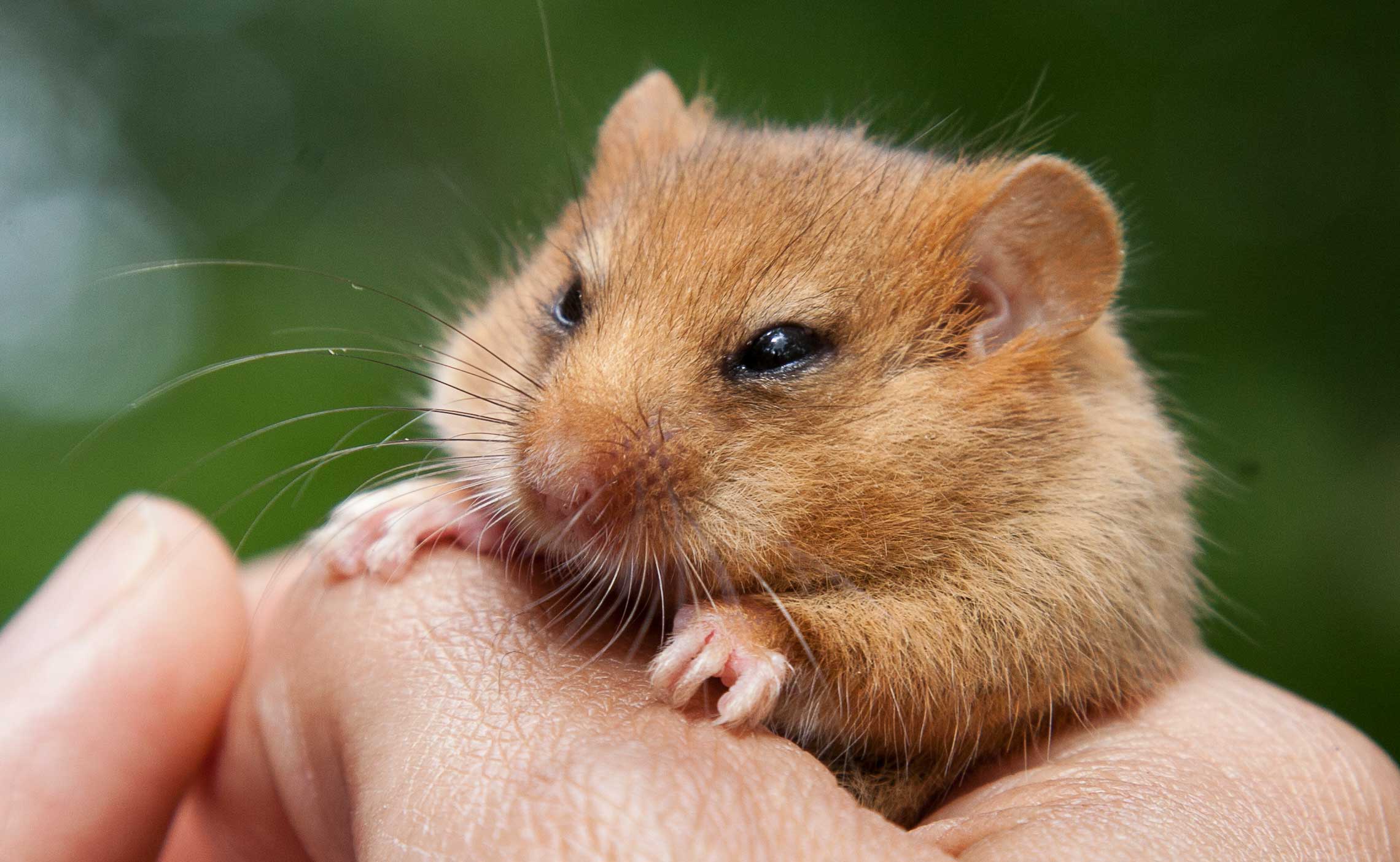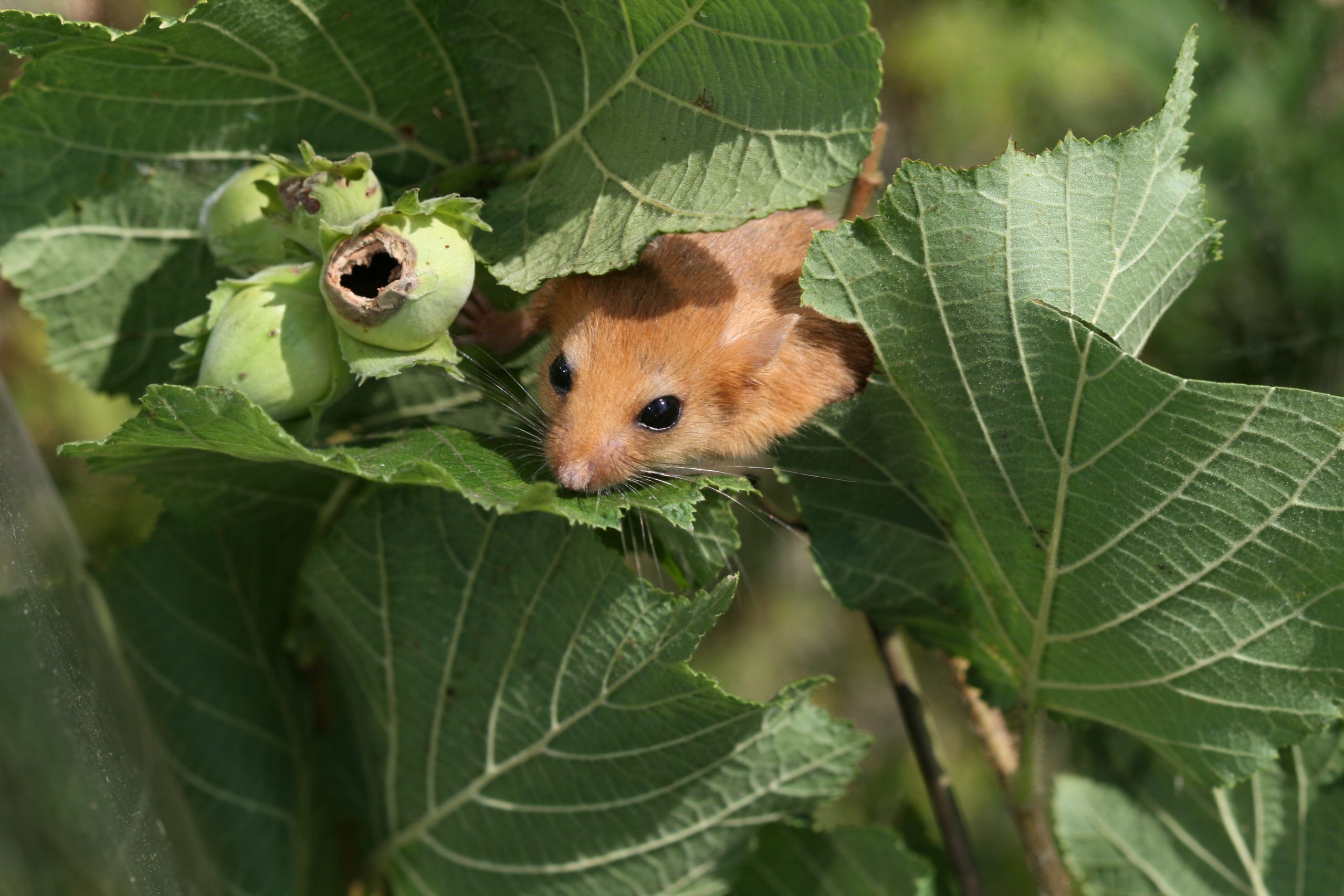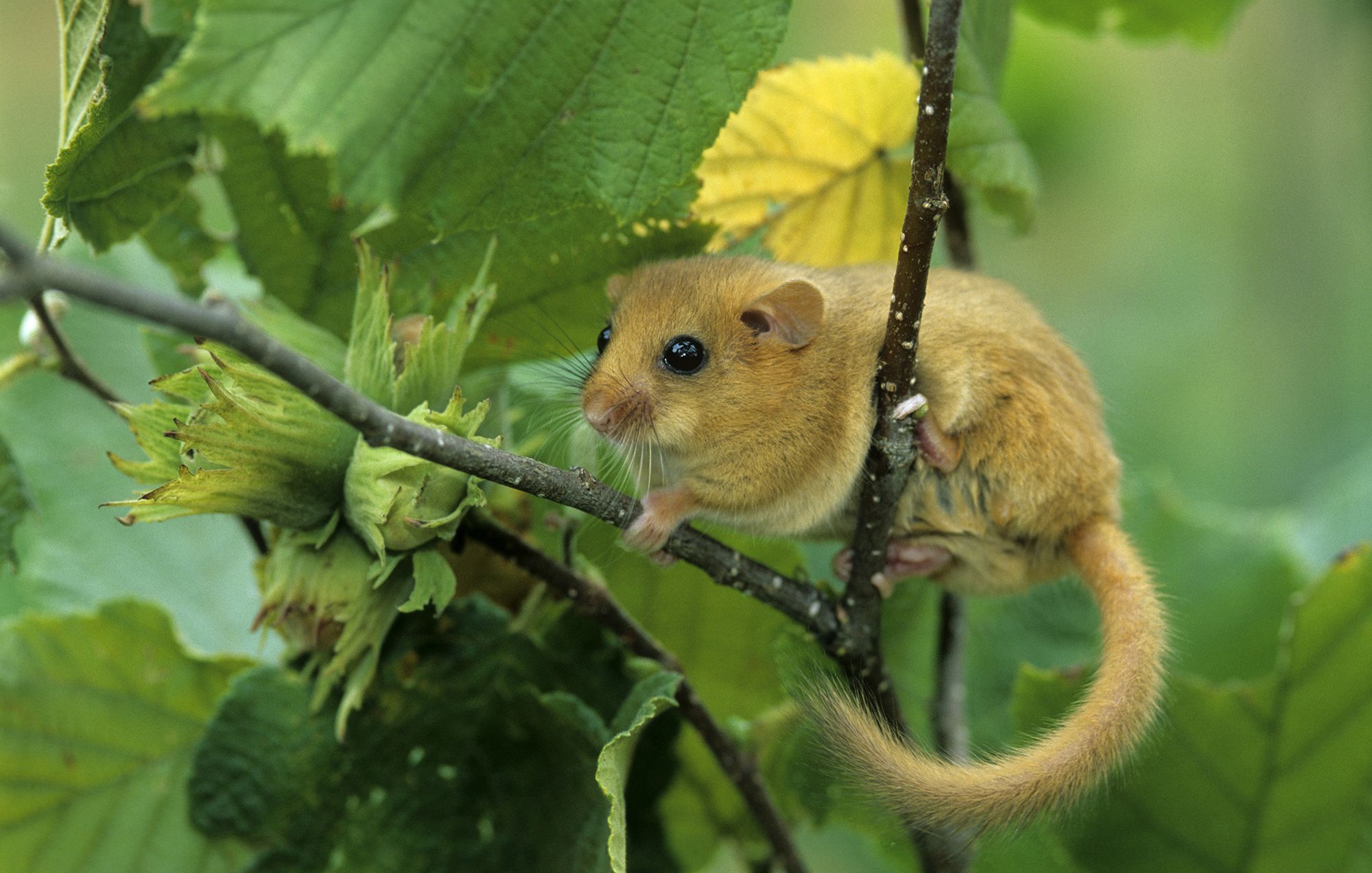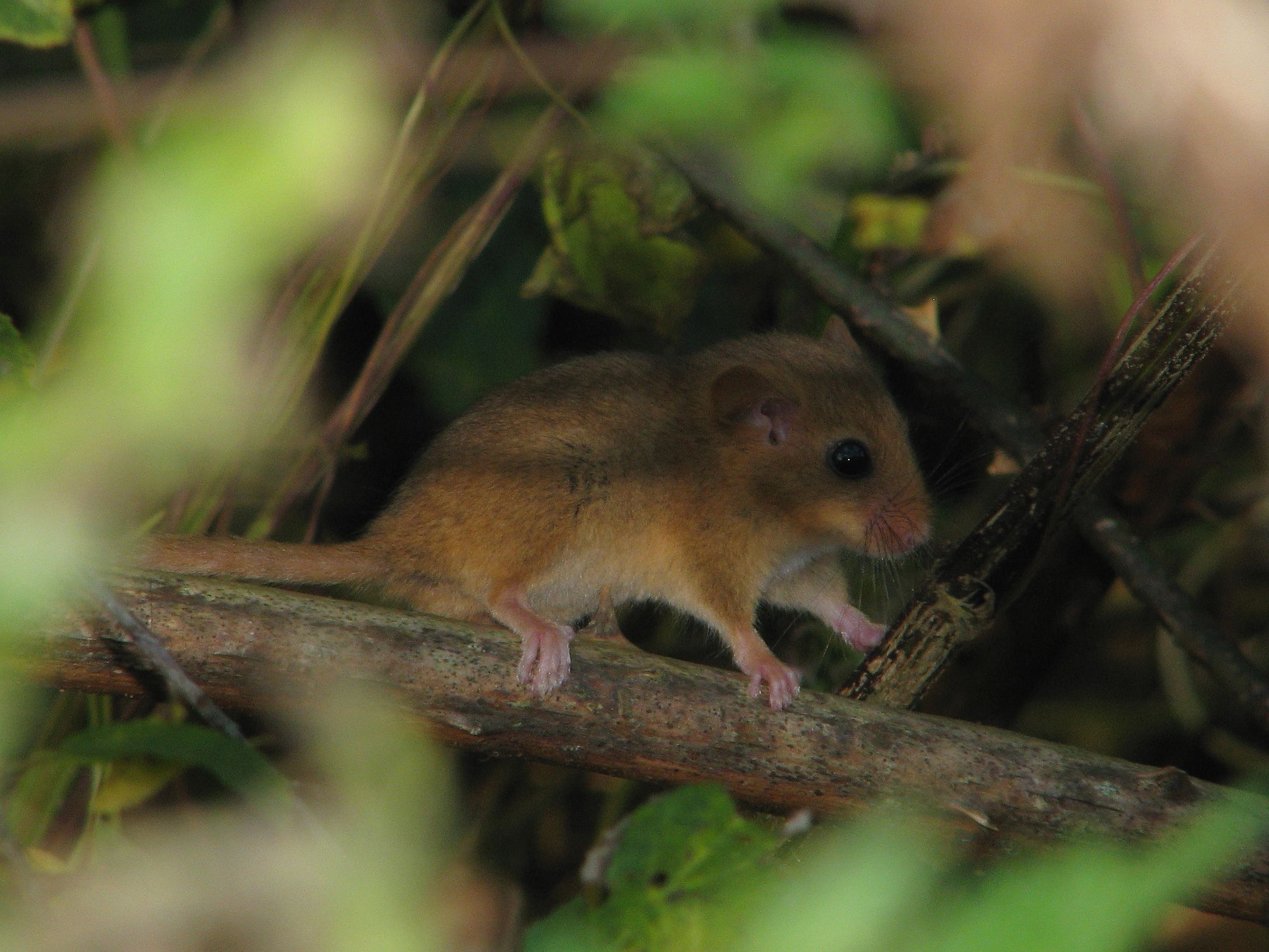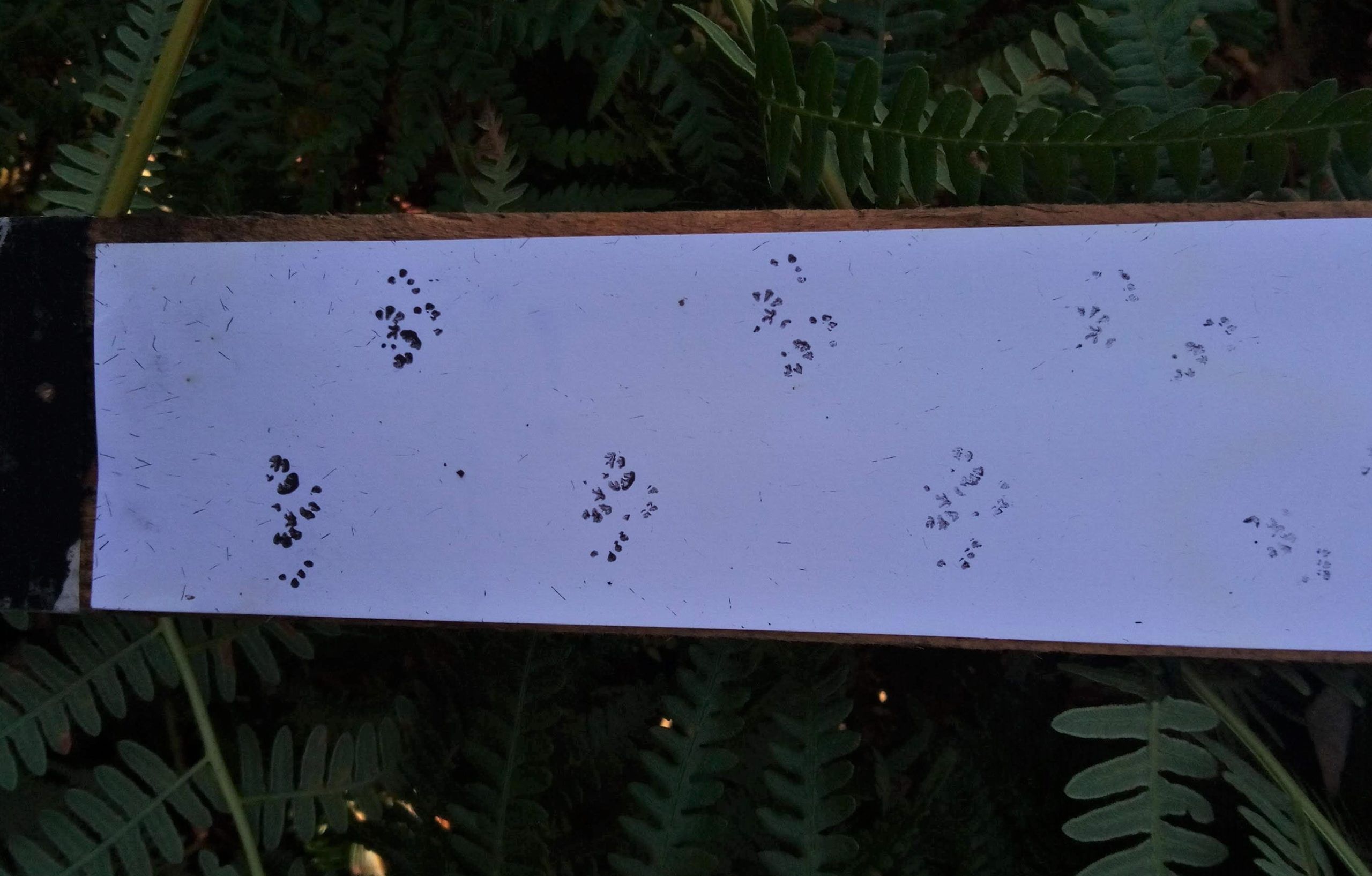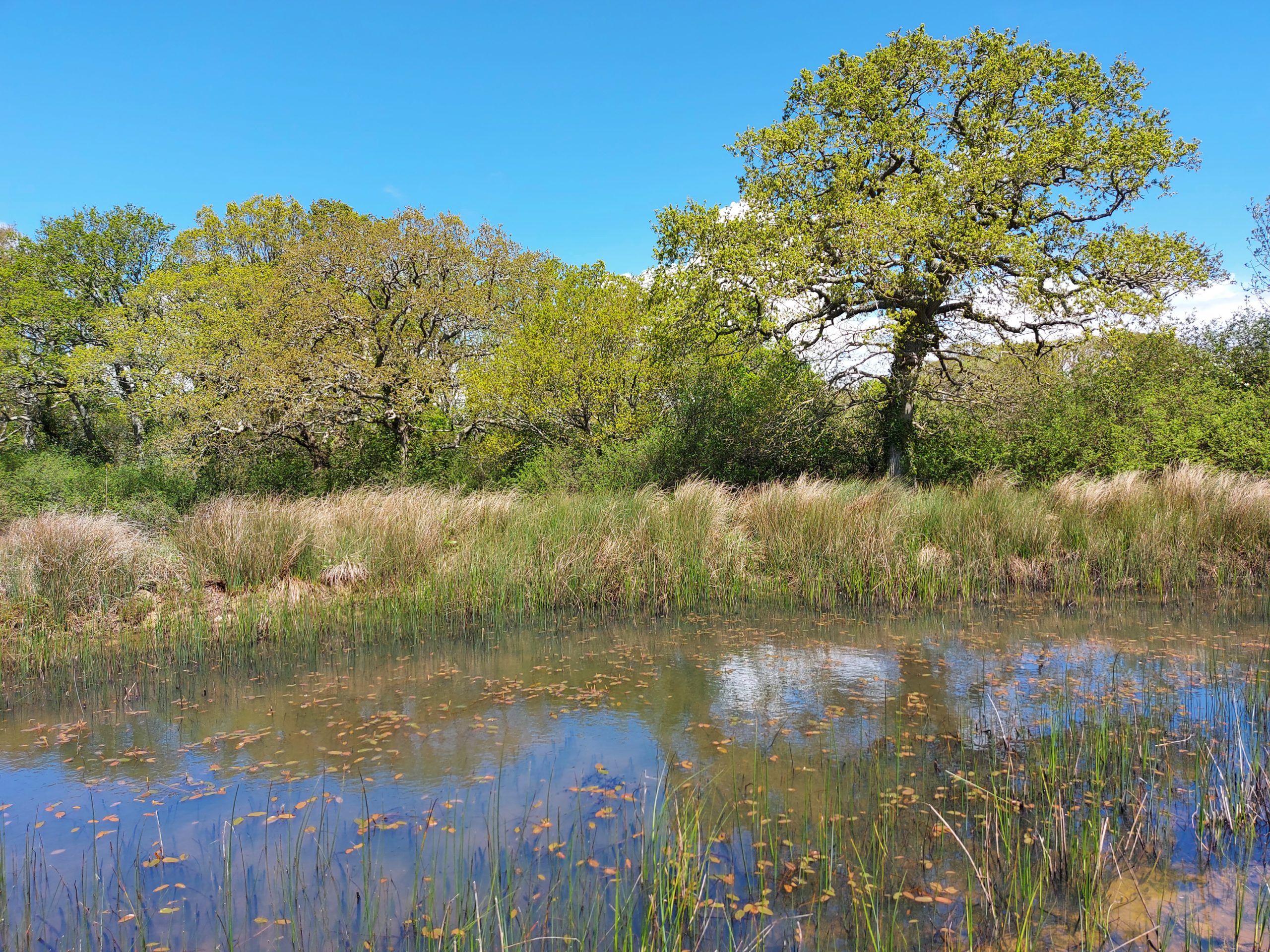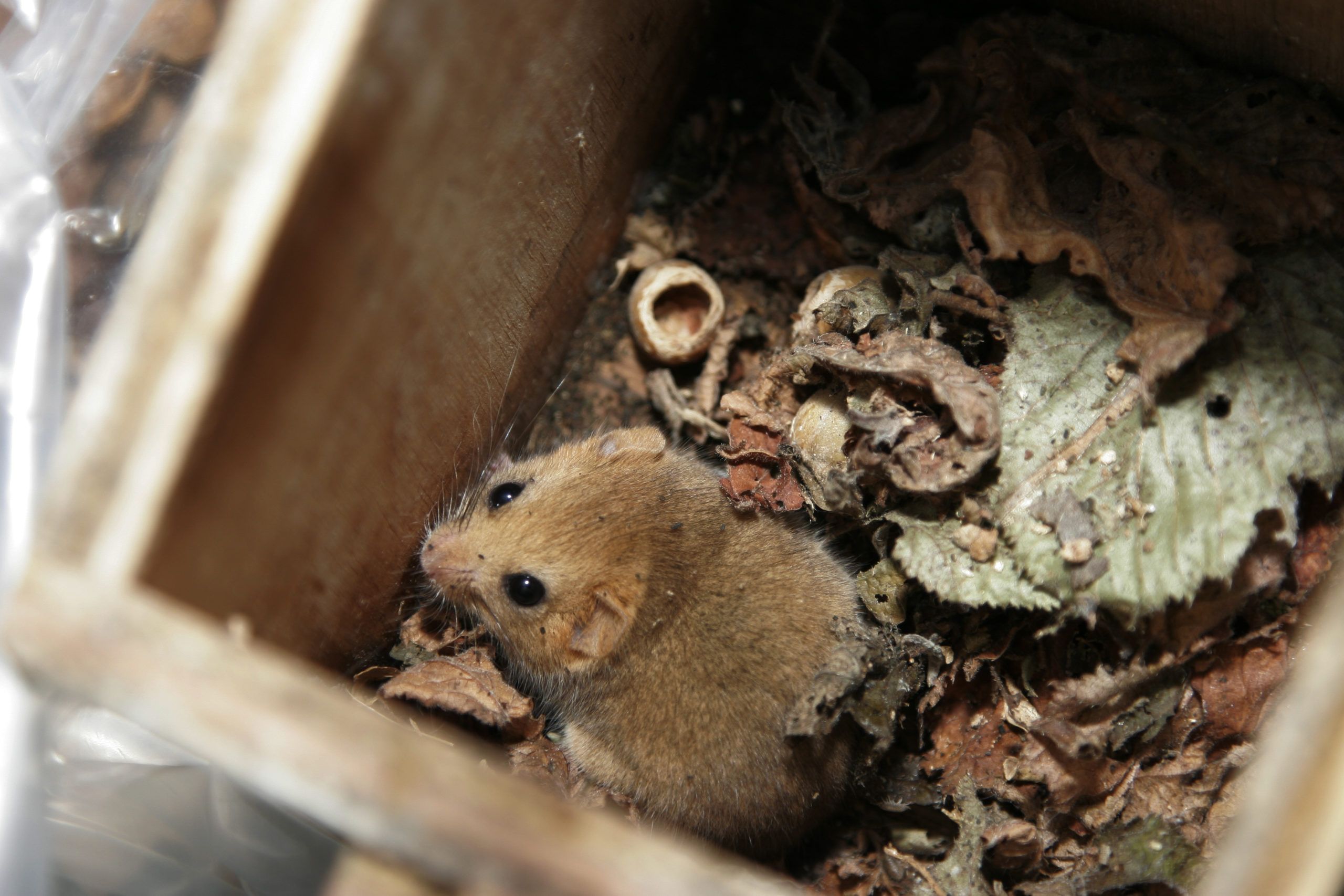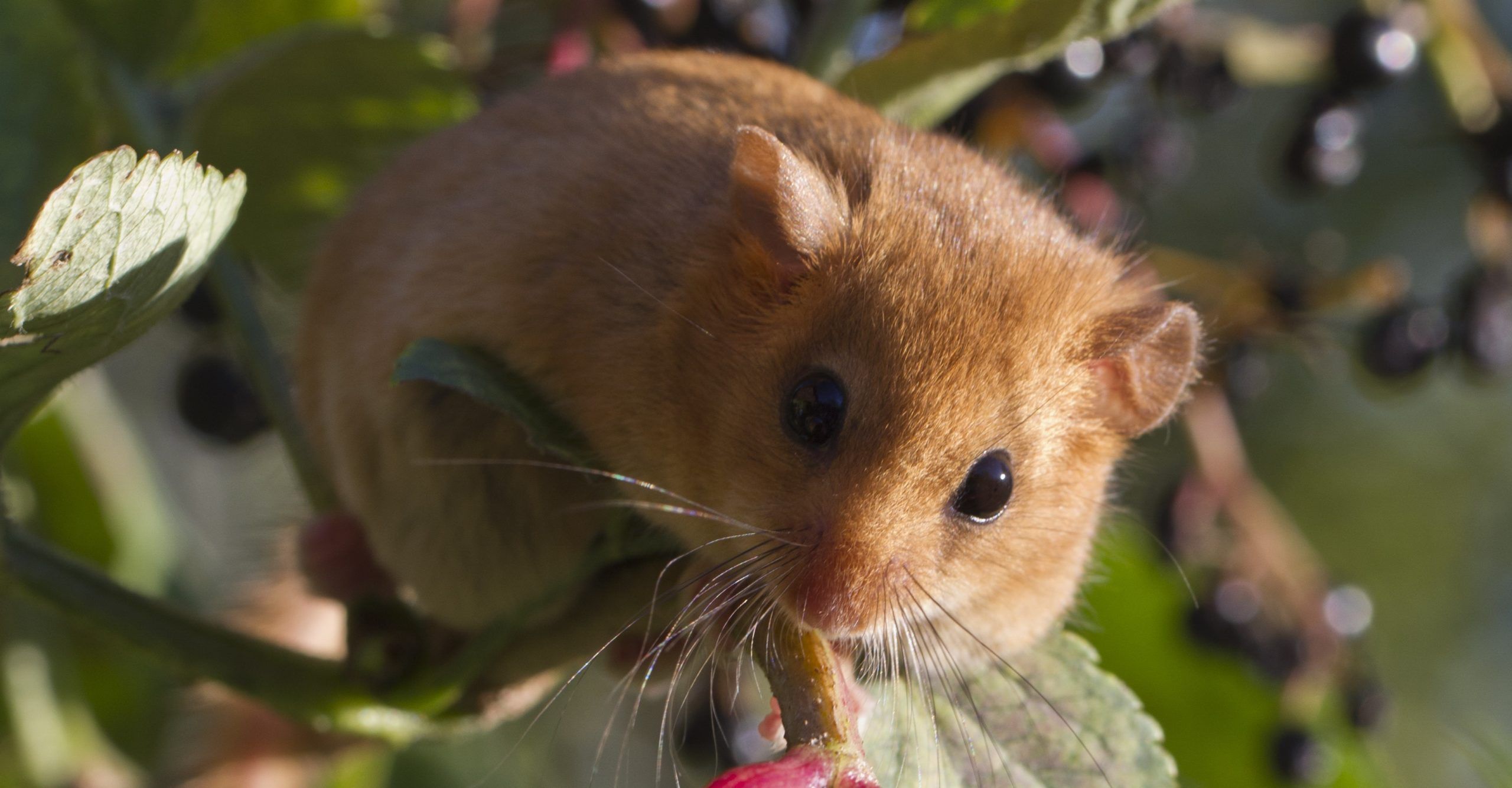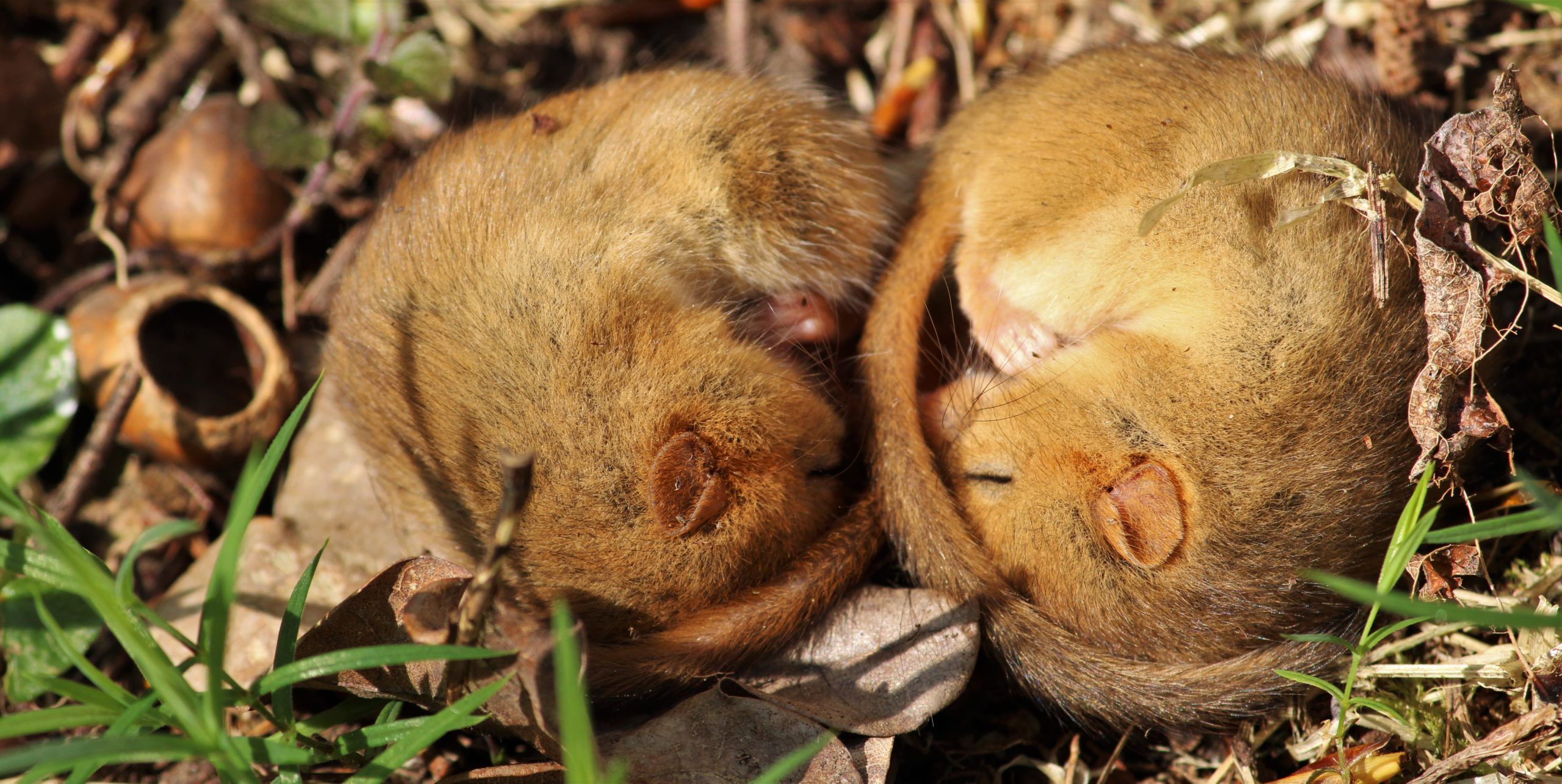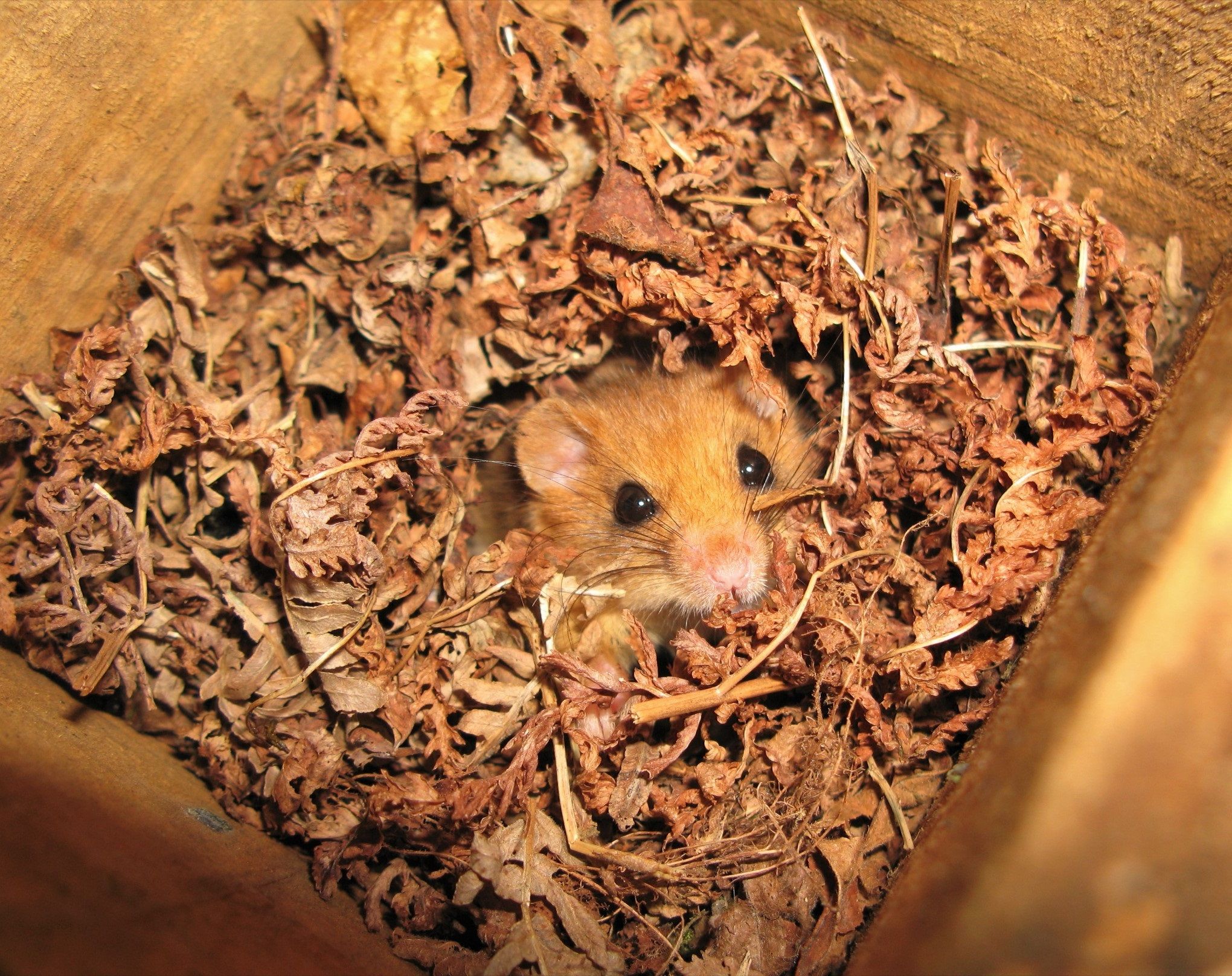Dormice
Search by topic
Hazel dormice class licence CL10a, CL10b survey returns are due to be sent to Natural England from 4th January 2022. This year Natural England is introducing two changes which include new online forms and a £35 charge for continued registration (with exemptions for voluntary use for NDMP monitors). New online forms In October, Natural England introduced …
Read article...Windsor Safari Park Hazel dormice have always been secretive creatures. Not much was known about them until Dr Pat Morris and Dr Paul Bright began studying the species in the wild to learn more about their habits. It quickly became clear that the species wasn’t doing well. As part of wider conservation plans, a new …
Read article...The woodland home Hazel dormice are well-known for their sleepy habits and are always on the look out for somewhere to snooze. We put wooden nest boxes in woodlands where they live which provides extra places for them to take a nap, as well as a useful way for us to count them regularly and …
Read article...Last summer we put out our Fingle Woods CCTV wildlife camera kits once again, to learn more about our hazel dormice. Last time we set them up, in 2018, we detected some fascinating behaviour that wouldn’t have been possible to observe using standard nest monitoring methods. We saw dormice spend time grooming their coats and …
Read article...Negative records are important Finding hazel dormice isn’t easy. And it’s even more difficult to prove that they’re absent from a particular patch. But dormice are protected in law. So, when new houses are built or roads expanded, the developers must ensure that any hedges, shrubby habitat or woodlands that are likely to be disturbed …
Read article...David Talbot describes his experience volunteering this summer with the Back On Our Map (BOOM), Natural England and Morecambe Bay Partnership (MBP) during the landmark release of the 1000th hazel dormouse in Britain, as part of PTES’ National Dormouse Reintroduction Programme. Getting involved in citizen science My experience as a volunteer started pre Covid-19 in …
Read article...Our nature reserve on the Isle of Wight, Briddlesford Woods, is an ancient woodland which has a rich array of woodland flora and rare invertebrates, but is best known for its unique assemblage of mammals. It provides a home for red squirrels, 9 bat species and hazel dormice. This means we have to balance the …
Read article...Dormice reintroduction June 2021 We were delighted to team up with various partners to release the 1000th hazel dormouse in Lancashire last week. Thirty animals were released into a woodland in the Arnside and Silverdale Area of Outstanding Natural Beauty (a nationally protected landscape covering parts of north Lancashire and south Cumbria). Reintroductions are crucial …
Read article...Along with our partners at Natural England, PTES collate records from over 400 dormouse monitoring sites across the UK. The NDMP now has hundreds of trained monitors regularly checking dormouse boxes throughout the year. We’re extremely grateful to all our dormouse monitors for their great contribution to dormouse conservation. How long have you been monitoring for? …
Read article...All organisms shed DNA into the environment. Sources of DNA include mucus, hair or fur, skin, urine and faeces. This environmental DNA, or eDNA, can be extracted from samples taken in the wild (usually soil or water) and used to detect different species, measure biodiversity, and even look at the abundance of different animals. It’s …
Read article...A project at Fingle Woods A woodland conservation scheme that PTES is funding in partnership with the Heritage Lottery Fund is making new discoveries about how dormice colonise recovering habitat. The project is located in Fingle Woods, a site jointly owned by the National Trust and Woodland Trust, in the north of Dartmoor in Devon. …
Read article...Hazel dormice build different nests for different purposes: hibernating, breeding or just resting. Sometimes they don’t build a nest at all. But the different types of nests they do build might help us work out how much time dormice spend in different habitats. As part of my work at Fingle Woods, owned by the Woodland …
Read article...
